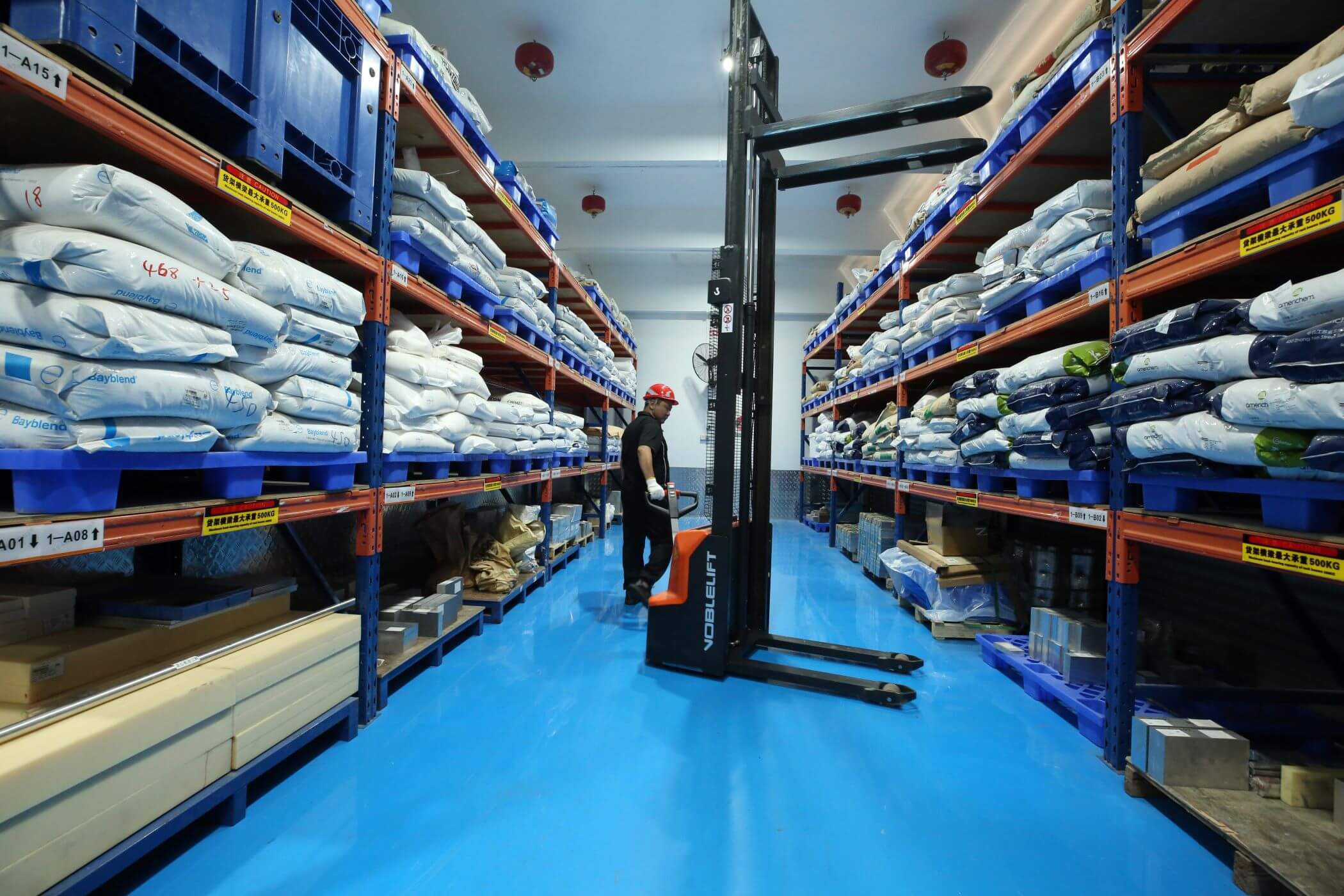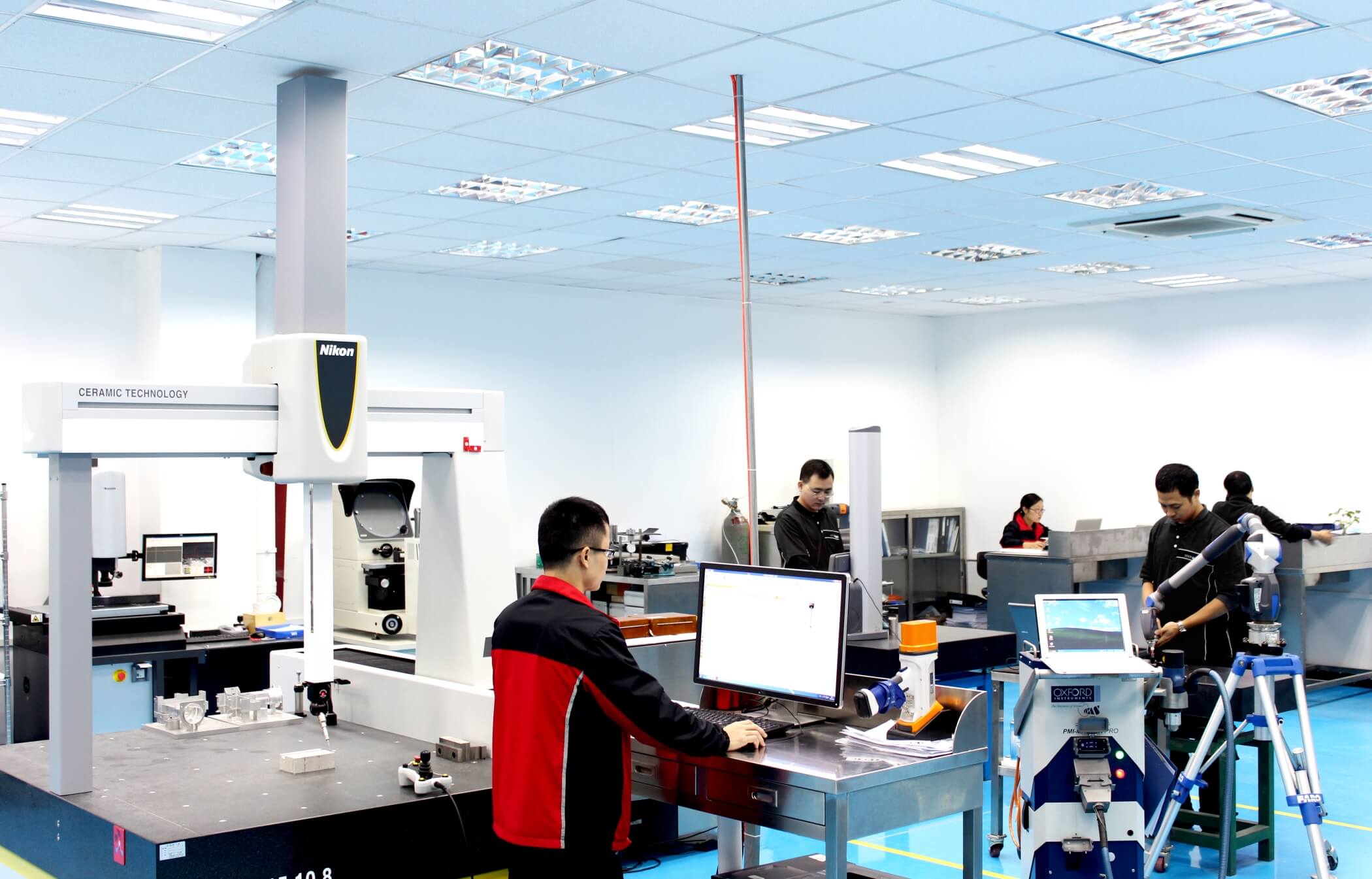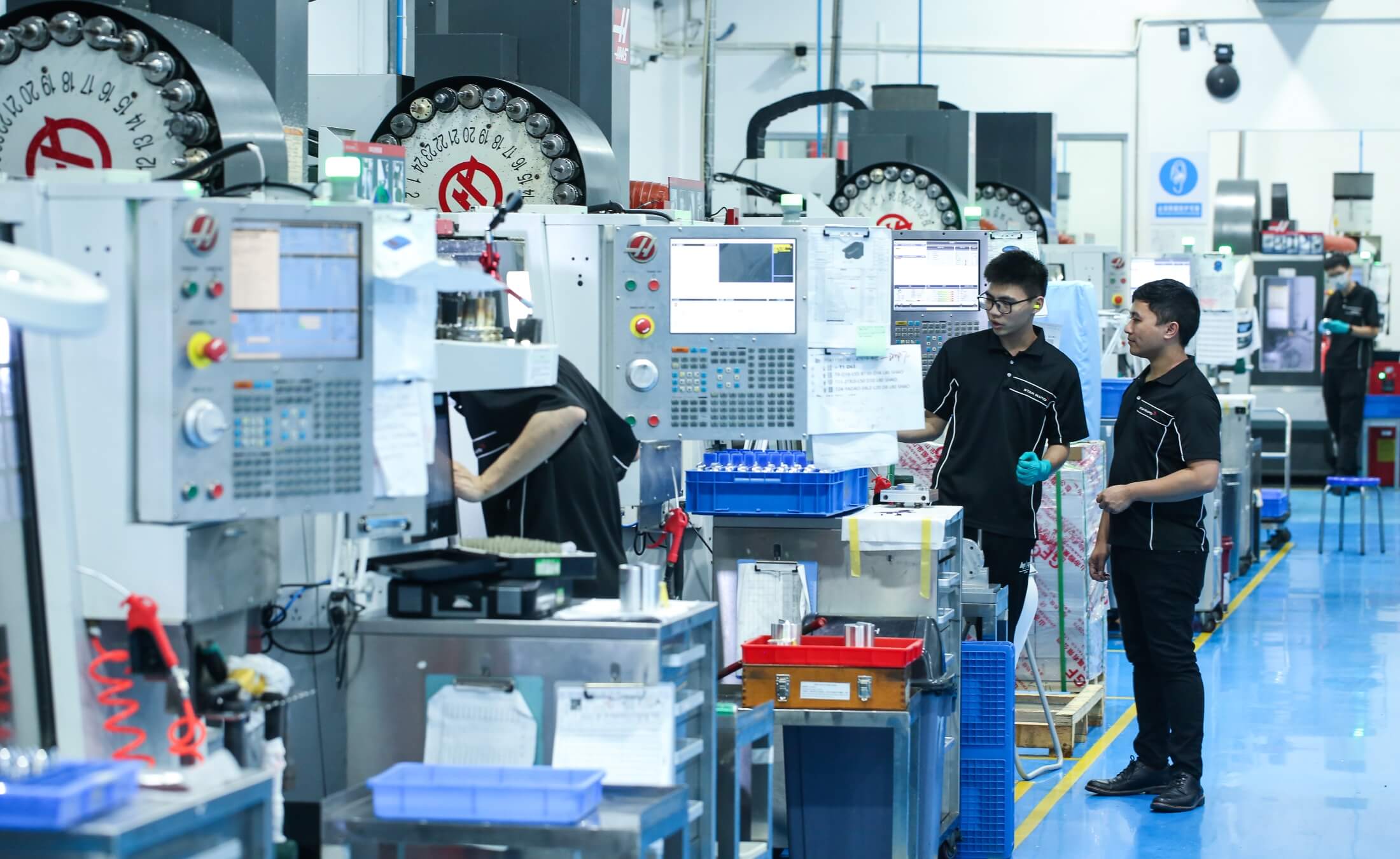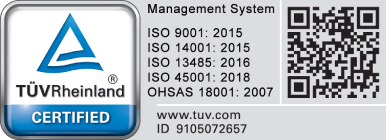
There is a new class of design software based on problem solving that will produce mechanical design solutions more sophisticated than any that a single designer could possibly do, and it’s coming soon. How will this change the ways things are made and how will it benefit you?
What Is CAD Software And How Does It Work?
Computer Aided Design (CAD) software is now the standard method for creating 2D and 3D drawings of just about everything made in modern manufacturing. There are many providers of competing software, but they all function essentially the same. The designer inputs the particular feature they want – a line, a curve or a solid shape, for example – and then defines the parameters of that feature – the length of a line or the radius of a curve. This feature then appears on the screen, where it can be later manipulated using various built-in design tools. Other pieces are added to it, one at a time, until a complete picture of the design is created.
Once the developer is satisfied, the result can be outputted as a computer file which may then be interpreted by a programmable CNC machine to create a cutting pattern for making exactly that part.
Are There Limitations To CAD Software?
CAD software has liberated the product developer from the drafting table of old, making the drawing of objects and their modification much faster and easier. The drawing – or more accurately, the actual physical object created from that drawing – is still entirely dependent on the input of a human designer and whatever calculations they’ve done for considerations like mechanical strength, weight, flexibility and durability among many others.
So CAD doesn’t do the design for you. Nor does it do the engineering. It simply obeys the step-by-step set of instructions you give it, and if you aren’t happy with the results then you need to go back and try again.

What Is Goal-Directed Design?
Every product is of course meant to serve a purpose. What if there was a way to design objects based on the purpose they were intended to serve, and let the software figure out the best way to achieve that purpose?
This is the intent of Goal-Directed Design (GDD), and an experimental design suite called Dreamcatcher® from Autodesk Research® may be the next revolution in digital manufacturing.
How Does It Work?
First the designer inputs the objectives of their project at the largest system scale. For example, how strong does it need to be? How many cycles must it undergo during its lifetime? How easy is it to manufacture? What material must it use?
Then, they also input the constraints on those objectives. Maybe it can’t be above a certain weight, or too expensive. Once the parameters are established for performance, these are fed into the software which then uploads the design problem into the computing cloud, allowing literally thousands of individual computers to grind away at that problem to generate an almost limitless number of potential design solutions.
These solutions are then fed back to the original designer, along with specific performance data for each iteration. The designer is then free to choose one they like the most, or alter any of the parameters, or to take this solution and then feed it back into a still larger construction problem.
Evolution Meets A.I.
Biological evolution for humans and all other living things has produced magnificently sophisticated and fine-tuned structures over millions of years, partly through rigorously testing what works within a given environment and discarding what doesn’t. Think of the strong, lightweight architecture of a bird’s wing. This is a kind of goal-directed design, with the conditions and the constraints applied by mother nature on the largest possible scale.
This same logic is now being applied using massively parallel computing power, along with the emerging logic of machine intelligence.
A data set of engineering values is being continuously updated with more and better information. This data is the pool of knowledge upon which the software draws to make intelligent inferences about what works in a given situation.
In other words, the software already “knows” how much stress a certain material can take under a certain load. This, and other similar raw information, is already part of the software’s memory. When a new design problem comes along, it can begin to solve that problem through analogy – using what is known to solve for the unknown. In this way, the speed of design evolution is greatly enhanced to create adapted objects that have already gone through thousands of iterations of virtual testing and refinement.

Will This System Replace The Human Designer?
No, but the role of the engineer or product developer in the future will almost certainly need to acclimate to this new environment and way of thinking.
Let’s be clear here. Humans are still the most advanced and complex thinking “machines” in the universe, and we have levels of intuitive knowledge that go far beyond what can even be articulated in a problem set. Our choices of what will or will not make are based on aesthetic criteria above and beyond engineering algorithms. At most, this kind of design software will leverage what is best about computers – rapid, repetitive and rigorous mathematical calculations – to be at the service of what is best about us – looking ahead, creating and empowering.
How Can GDD Help You?
Many CAD files come to us that require modification because they have not been optimized for manufacturing or because the design does not adequately reflect the performance intent of the engineer. This wastes valuable time and creates frustration in the development cycle. Goal-Directed Design offers the promise of generating optimized product designs that are more fit for purpose, lighter, stronger and easier to manufacture. This advantage will serve you in creating better products more quickly and efficiently. This is the kind of progress we encourage with our client partners. Contact us to learn more about how we can work together on your next project.







